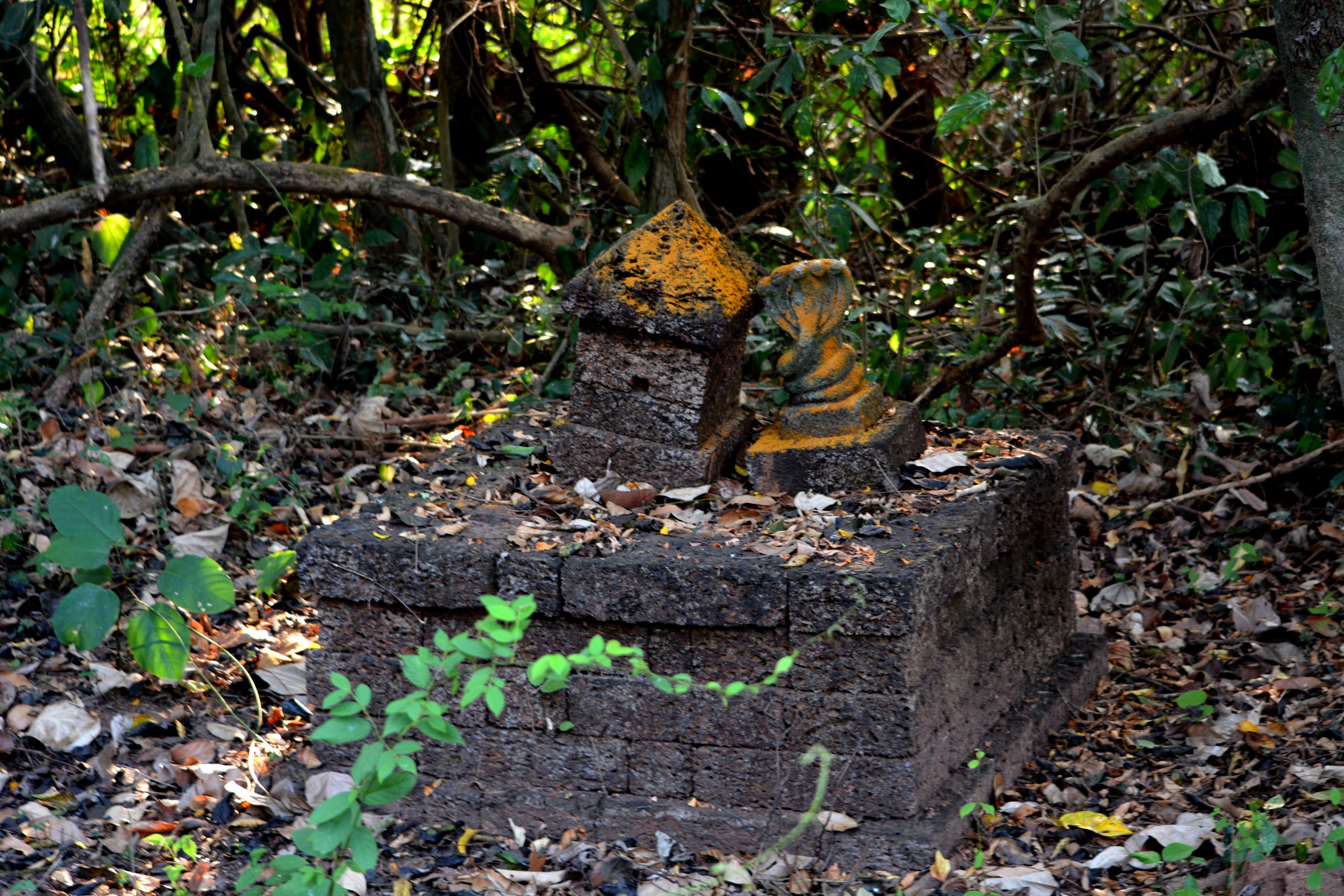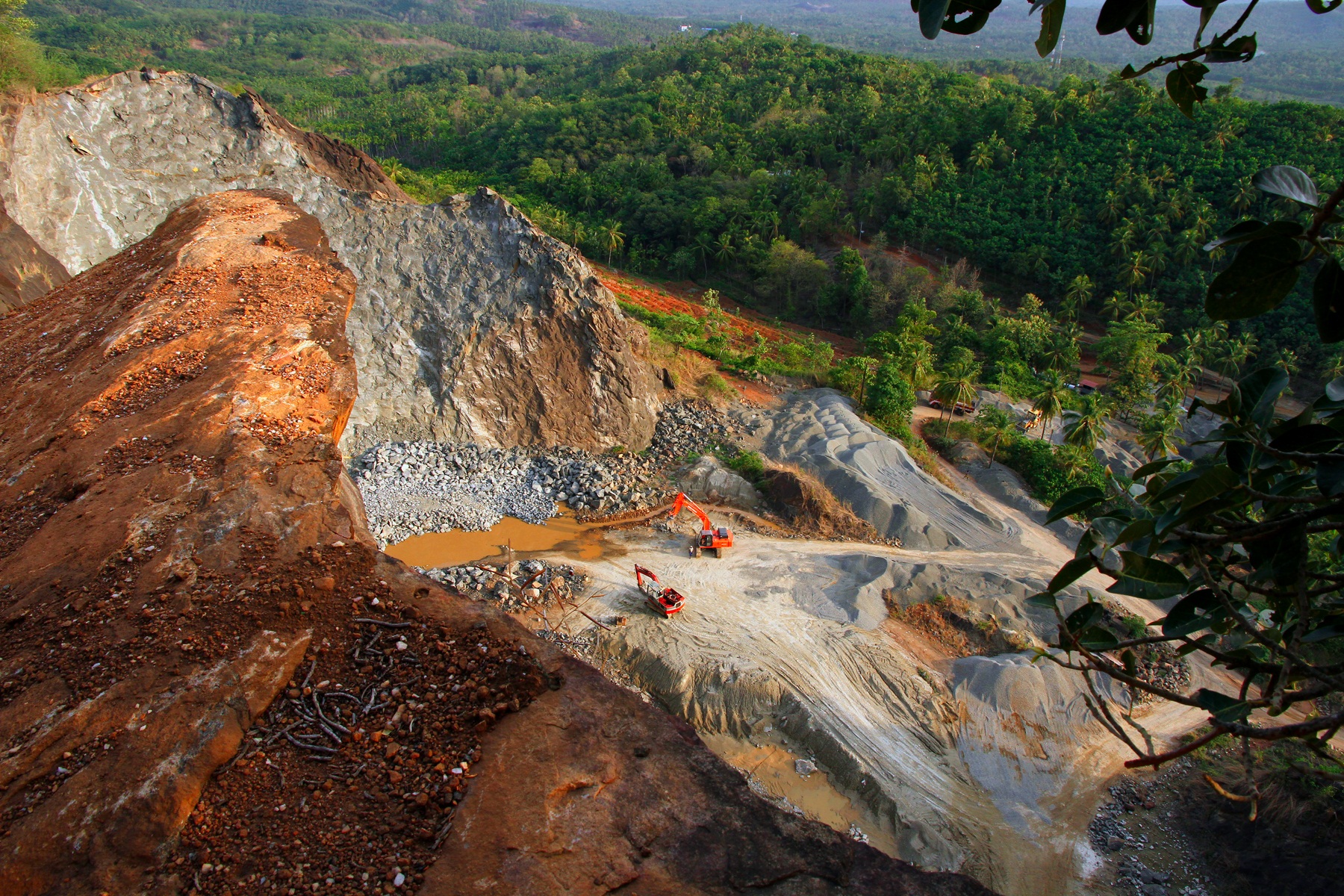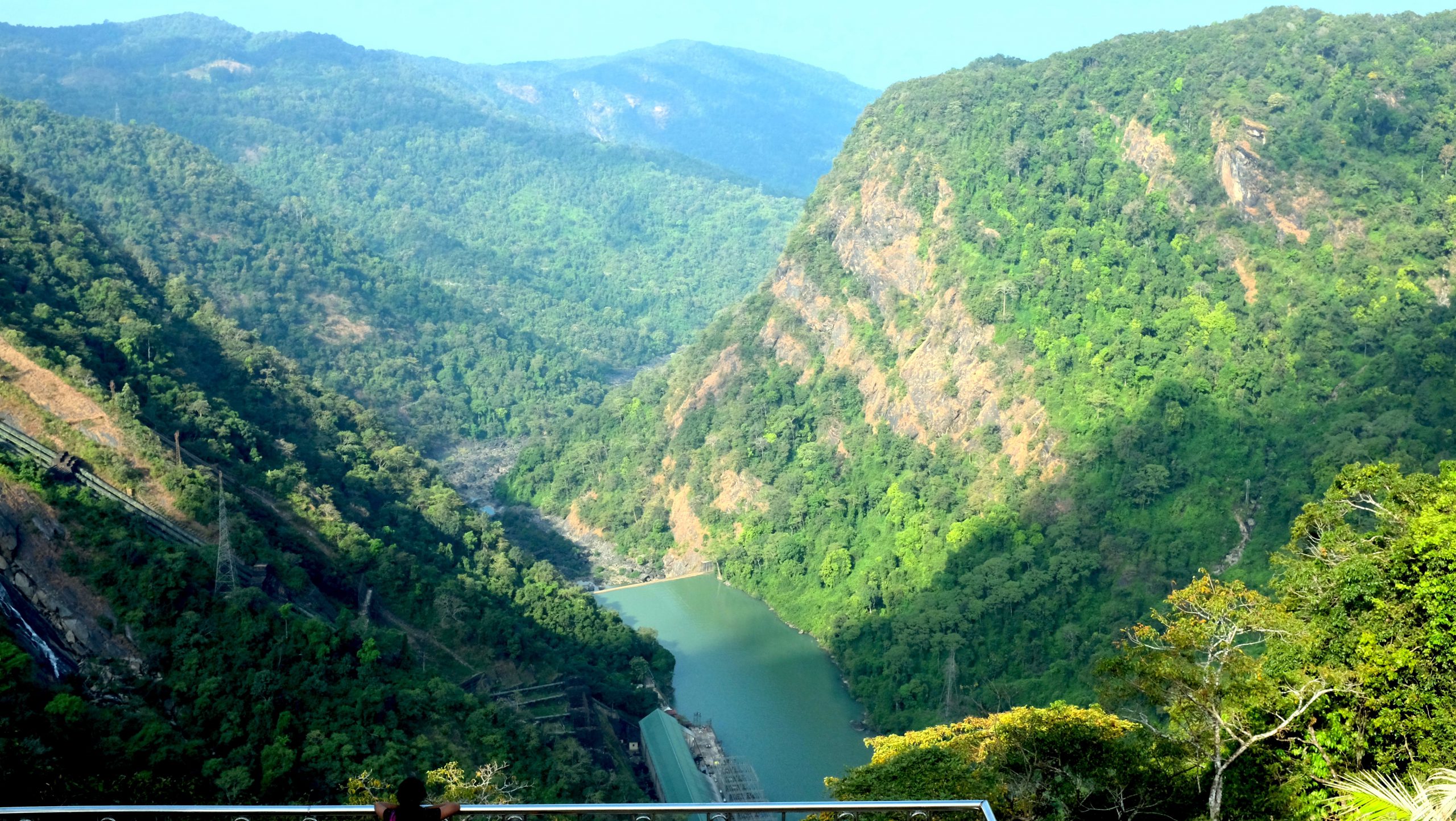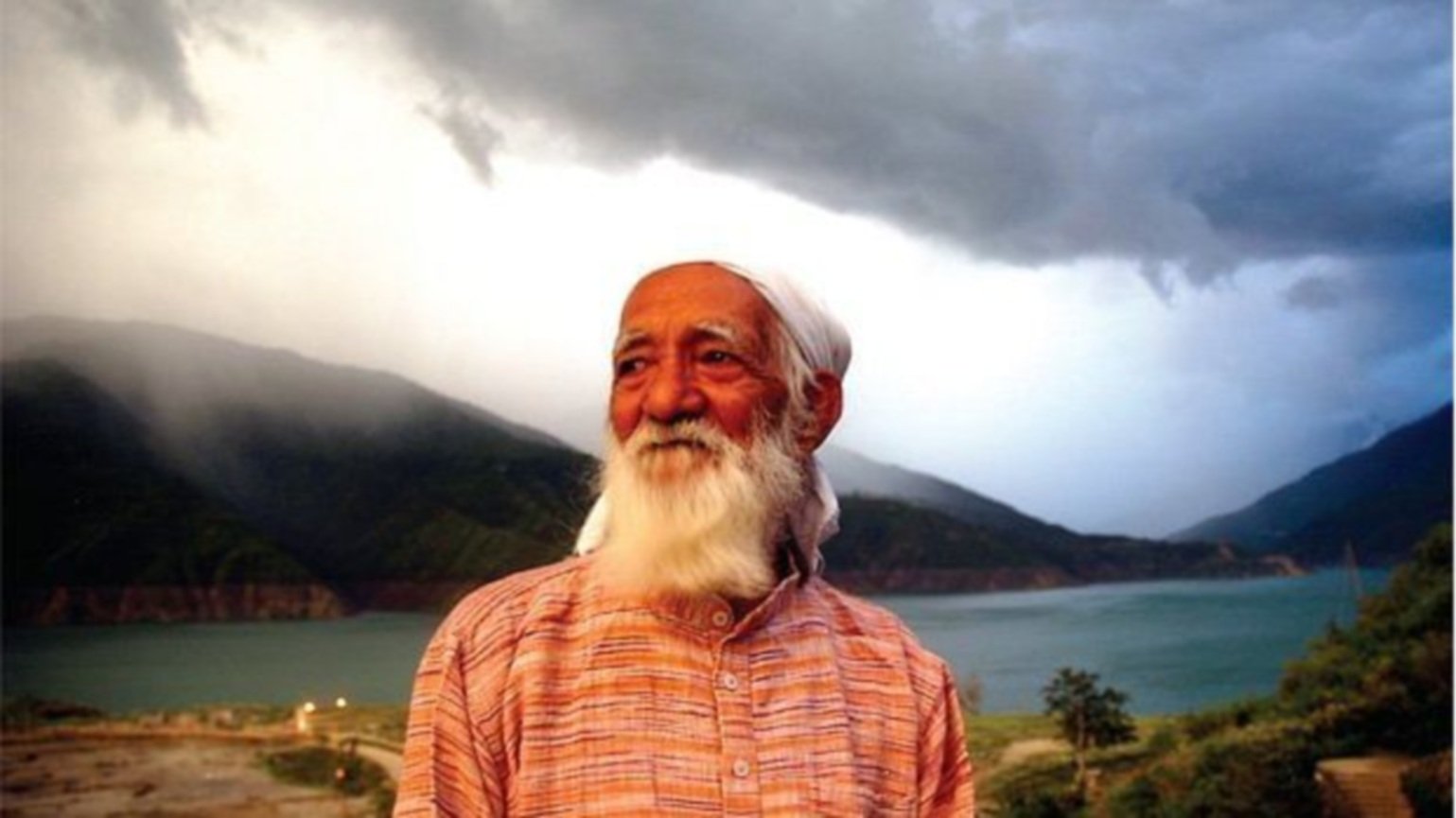“New Commission for Air Quality Management or EPCA 2.0?” – Part II
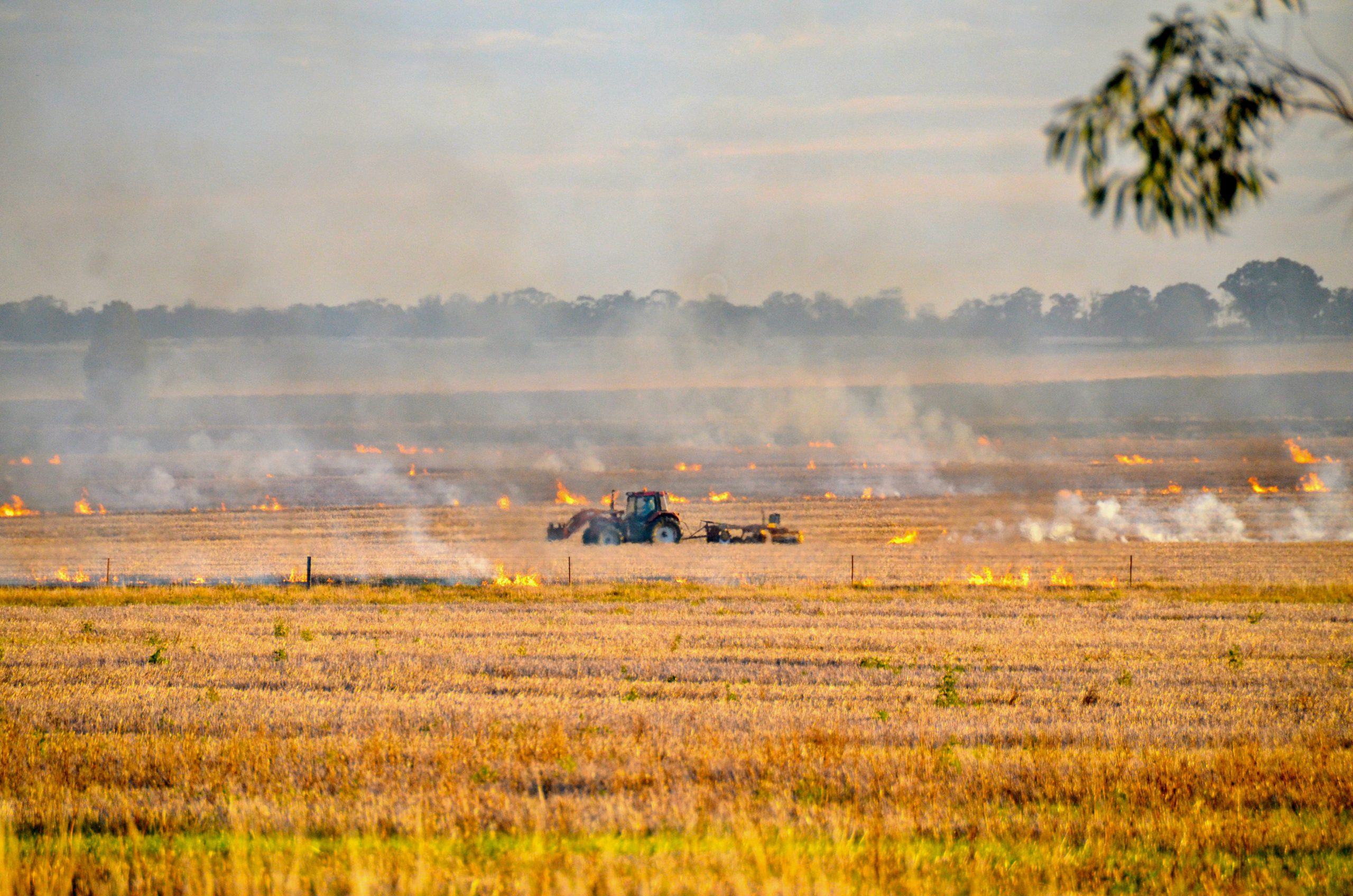
The previous piece had discussed the lack of novelty in Union Government’s approach in constituting a new Super-Commission meant to tackle Delhi-NCR’s air pollution issues, namely the ‘Commission for Air Quality Management’ (CAQM). Now add to that, the serious lack of intent shown by the Government in letting the Ordinance that created the CAQM to lapse, thereby rendering the Commission defunct. The CAQM had hardly accomplished anything in its brief period of existence before the said Ordinance lapsed on 12th March, 2021. The CAQM had no permanent office or mechanism in place to take complaints, it did however pass a few orders that were never followed up.
Ordinances are promulgated when the Parliament is not in session and should be approved (or rejected) by both the Houses within six weeks of reassembly. When passed in October last year, it was an ‘emergency measure’ taken by the Centre in response to the lashing from the Supreme Court and negative reporting from the international media. But failing to even introduce the Bill before the Parliament raised further doubts on Union Government’s seriousness on the issue. So when on 13th April, the CAQM is brought back by a fresh Ordinance followed by a notification defining its new form, there is an aggravated concern about the way forward.
The newly promulgated commission retains Dr. M.M. Kutty as its Chairperson, with minor changes in its constitution. The new Commission shall consist of 21 members instead of earlier 18, with additional representation of stakeholders from agriculture, industry and transport sectors. This however, remains only on paper as these appointments and those of the independent technical members and members from NGOs are yet to be fully complied with. In this background, we shall continue examining the provisions and the changes brought in by the new 2021 Ordinance.
Broad Provisions – Less Intent
The Ordinance creates three Sub-Committees – Monitoring and Identification, Safeguarding and Enforcement, and Research and Development under Section 11, but it does not elaborate the role and responsibilities of these sub-committees except that these would perform functions delegated to them by the Commission and bound by ‘general or specific’ directions of the Central Government. Apart from the Chairpersons of these sub-committees, all other members are officials working for the Pollution Control Boards (Centre or State), NEERI, State Governments or the Police Departments of these States. Also, barring the sub-committee on R&D, there is no scope for appointment of a person who isn’t a government employee thereby making this institute a hoard of bureaucrats.
The powers and functions of the Commission defined under Section 12 of the new Ordinance takes a broad approach, by assigning it the power to take all such measures, issue directions and entertain complaints, as it deems necessary (or that become necessary) and expedient for the purpose of protecting and improving the quality of the air in the National Capital Region and Adjoining Areas. Not just issuing directions against stubble burning, industrial and vehicular emissions, road dust and construction activities, the CAQM can regulate or prohibit almost all anthropogenic and industrial activities in the region. These powers are same as that of the Pollution Control Boards and this overlap creates doubt on the autonomous functioning of these Boards as every action taken by them w.r.t. Delhi/NCR might now be reviewed by the CAQM. CAQM also undertakes to implement the National Clean Air Programme (NCAP), National Air Quality Monitoring Programme (NAQMP), and National Ambient Air Quality Standards (NAAQS) for the Delhi-NCR region and its adjoining areas. These are national level programs with operative procedures in place and CAQM taking over the charge of these for a specific region complicates the implementation.
Penalties and a SIT
Penalties [Section 14] imposed by the Ordinance include criminal action for contravention of directions in the form of imprisonment for a term extending up to five years and/or a fine up to 1 crore rupees. This inclusion of ‘up to’ for both prescribed fine and the term of imprisonment has come after the Supreme Court raised an objection last year, on absence of ‘grading of offences’ as the original Ordinance provided blanket penalties. The new Penalty Provision also exempts defaulting farmers from any penalties for burning stubble. The Proviso to Section 14 reads:
“Provided that the provisions of this section shall not apply to any farmer for causing air pollution by stubble burning or mismanagement of agricultural residue.”
Although it does mention that an ‘environmental compensation’ may be collected from such farmers, there is no rate or standard prescribed for quantifying the same [Section 15]. This is pure politics at play, and it is at the expense of solutions that are direly needed. The Commission also has the power to appoint a special-investigative-team in order to carry out its functions [Section 19], but there is complete silence on the scope of work of this SIT and qualifications and experience required of the officials to be appointed therein.
Funds, Accountability & Appeals
The Ordinance seeks to constitute a permanent body but there is a complete lack of transparency and accountability in working of this Commission. Section 16 of the Ordinance says that the funds of the Commission shall be accumulated by way of grants in such sums “as the Central Government may think fit”. This will become a functional hurdle in initial planning and strategizing for the first appointed members of the Commission and the same has been acknowledged too. It is also not in line with the objective of the original Ordinance’s intention (which is applicable to the new Ordinance as well), that the efforts of the Commission shall be inspired by ‘the highest degree of democratic oversight’.
As per the Ordinance, the Governments (Centre or State), the Commission and its functionaries cannot be made accountable for acts done by them in ‘good faith’ [Section 23]. A possibility of mala fides can only be evaluated at the appeal stage before the National Green Tribunal to which the appeals from orders or directions of the Commission will lie. This measure may intend to unburden the Supreme Court from the ad-hoc arrangement that it had with the EPCA but since the civil courts do not have jurisdiction on the matters of CAQM [Section 18 & 22], it makes it less accessible for parties seeking to appeal mainly those charged with smaller offences like stubble burning.
Since, as an institution the CAQM would still depend on the Pollution Control Boards and other government/police operatives to bring any of its orders or directions in effect and to deter parties at fault. It is seen as only an institutional change and not a regulatory one, and right now it’s too early to gauge how different in effect would the CAQM be from the toothless EPCA which still had the Apex Court to bite for it.


